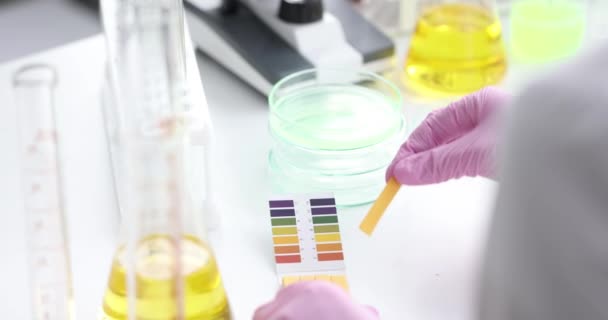The temperature challenge in synthetic urine tests is a critical aspect of ensuring the accuracy and reliability of drug screenings. Human urine is naturally produced at body temperature, which ranges from 98.6 to 100.4 degrees Fahrenheit 37 to 38 degrees Celsius. Therefore, when conducting urine tests, particularly in the context of employment or legal requirements, examiners often check the temperature of the provided sample to verify its authenticity. Maintaining the correct temperature is crucial because it helps detect potential attempts to deceive the test by substituting genuine urine with synthetic or adulterated samples. To address this concern, many testing facilities use temperature-sensitive strips or electronic devices that can instantly measure the temperature of a urine specimen. The acceptable temperature range typically falls between 90 to 100 degrees Fahrenheit 32 to 38 degrees Celsius, allowing for slight variations due to environmental factors. Synthetic urine, which is designed to mimic the chemical composition of real urine, must also meet the temperature criteria for a sample to be considered valid.

Individuals attempting to cheat drug tests often face the challenge of delivering a fake urine sample at the appropriate temperature, as failure to do so can raise suspicions and lead to further scrutiny. To overcome the temperature challenge, individuals may employ various strategies. One common approach is to use heating pads or hand warmers to warm the synthetic urine to the required temperature range. These devices are often strapped to the container carrying the synthetic urine, assisting in maintaining the correct temperature during transportation and submission. However, relying solely on external heating sources comes with risks, as overheating the sample could lead to suspicion and potential failure of the test. Testing facilities are aware of these tactics and implement countermeasures to identify synthetic urine samples with abnormal temperatures. Some facilities may have strict protocols, such as requiring individuals to provide the urine sample in a designated area where the temperature is monitored closely. Additionally, observed collections, where a staff member directly observes the sample collection process, further minimize the chances of using preheated or adulterated samples.
As technology advances, testing methods and equipment are continually improving to stay ahead of deceptive practices. Laboratories may use more sophisticated temperature-monitoring devices, such as infrared thermometers, to ensure accurate readings. This ongoing cat-and-mouse game between those attempting to cheat drug tests and the facilities conducting the tests underscores the importance of staying vigilant in maintaining the integrity of the testing process. In conclusion, the temperature challenge in synthetic urine tests is a crucial factor in determining the legitimacy of urine samples. Testing facilities employ various measures to detect attempts at deception, and individuals seeking to manipulate drug tests must navigate the fine line of achieving the correct temperature without triggering suspicion. As technology evolves, so too do the methods used to ensure the accuracy and reliability of drug screenings, contributing to a constantly evolving landscape in the field of substance abuse testing.